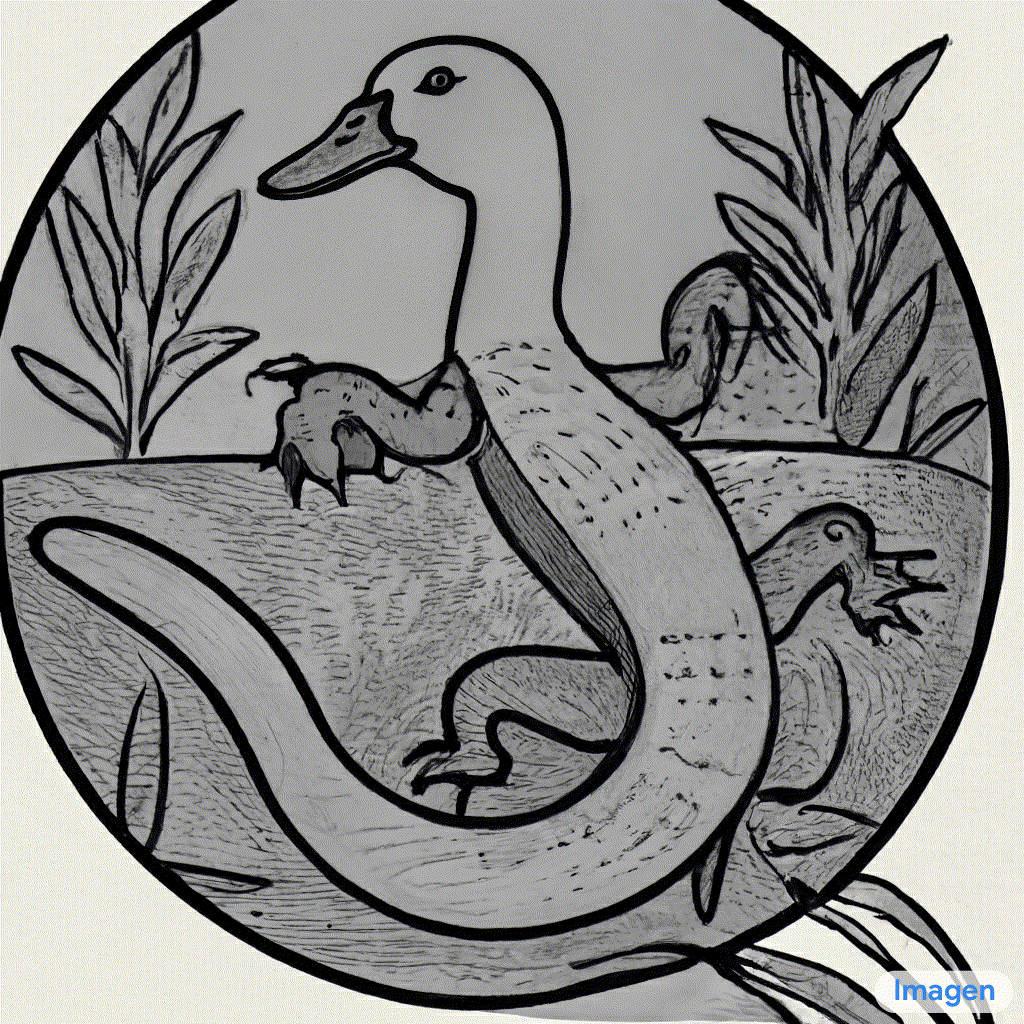Imagen Editor & EditBench
Advancing and Evaluating Text-Guided Image Inpainting





Text-guided image editing can have a transformative impact in supporting creative applications. A key challenge is to generate edits that are faithful to input text prompts, while consistent with input images. We present Imagen Editor, a cascaded diffusion model built by fine-tuning Imagen on text-guided image inpainting. Imagen Editor's edits are faithful to the text prompts, which is accomplished by using object detectors to propose inpainting masks during training. In addition, Imagen Editor captures fine details in the input image by conditioning the cascaded pipeline on the original high resolution image. To improve qualitative and quantitative evaluation, we introduce EditBench, a systematic benchmark for text-guided image inpainting. EditBench evaluates inpainting edits on natural and generated images exploring objects, attributes, and scenes. Through extensive human evaluation on EditBench, we find that object masking during training leads to across-the-board improvements in text-image alignment – such that Imagen Editor is preferred over DALL-E 2 and StableDiffusion – and, as a cohort, these models are better at object-rendering than text-rendering, and handle material/color/size attributes better than count/shape attributes.
Editing Flow
The input to Imagen Editor is a masked image and a text prompt, the output is an image with the unmasked areas untouched and the masked areas filled-in. The edits are faithful to input text prompts, while consistent with input images:
Authors
Su Wang*, Chitwan Saharia*, Ceslee Montgomery*, Jordi Pont-Tuset, Shai Noy, Stefano Pellegrini, Yasumasa Onoe, Sarah Laszlo, David J. Fleet, Radu Soricut, Jason Baldridge, Mohammad Norouzi†, Peter Anderson†, William Chan†
*Equal contribution. †Equal advisory contribution.
Special Thanks
We would like to thank Gunjan Baid, Nicole Brichtova, Sara Mahdavi, Kathy Meier-Hellstern, Zarana Parekh, Anusha Ramesh, Tris Warkentin, Austin Waters, Vijay Vasudevan for their generous help through the course of the project. We thank Irina Blok for creating some of the examples displayed in this website. We give thanks to Igor Karpov, Isabel Kraus-Liang, Raghava Ram Pamidigantam, Mahesh Maddinala, and all the anonymous human annotators for assisting us to coordinate and complete the human evaluation tasks. We are grateful to Huiwen Chang, Austin Tarango, Douglas Eck for reviewing the paper and providing feedback. Thanks to Erica Moreira and Victor Gomes for help with resource coordination. Finally, we would like to give our thanks and appreciation to the authors of DALL-E 2 for their permission for us to use the outputs from their model for research purposes.